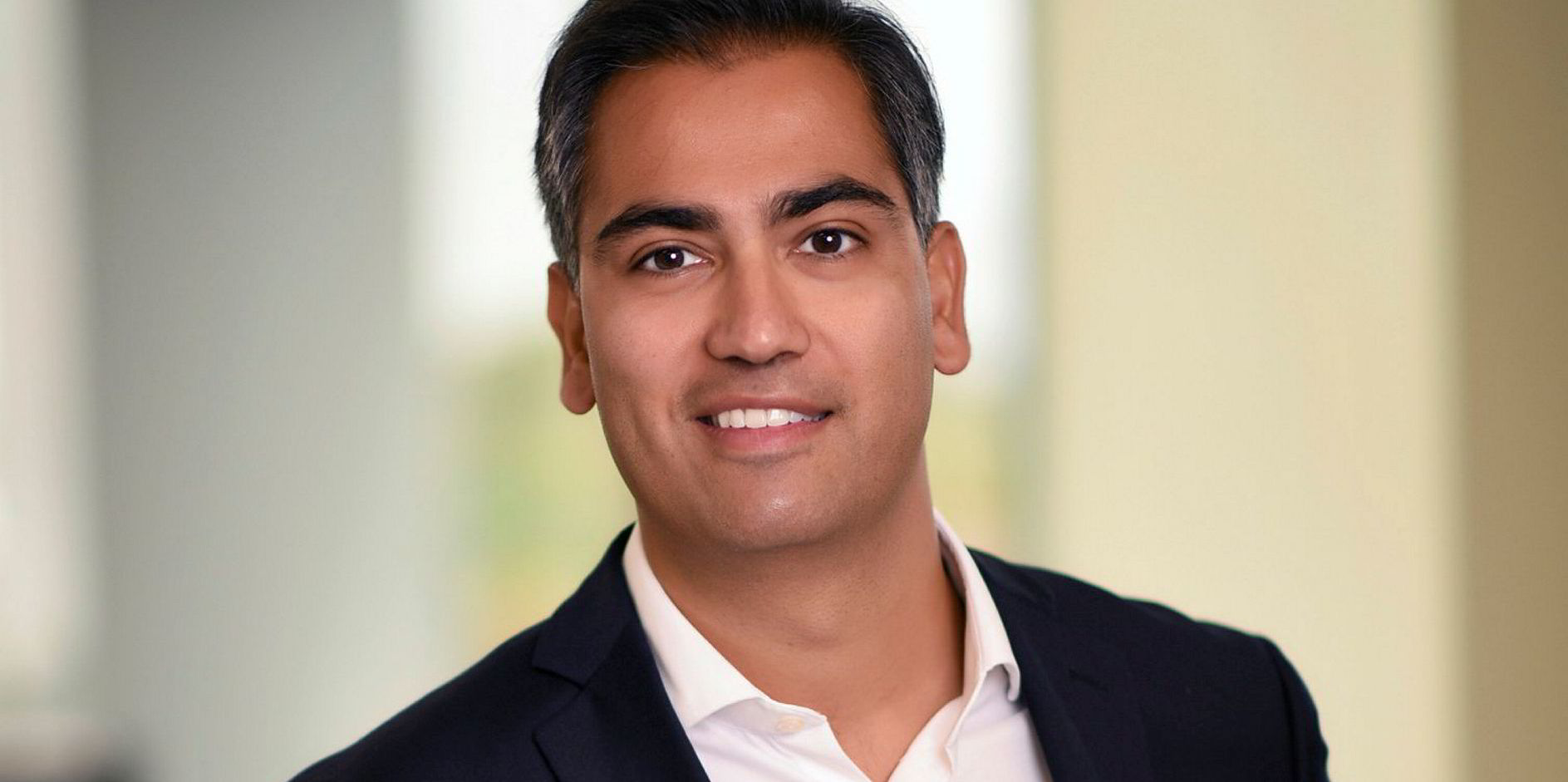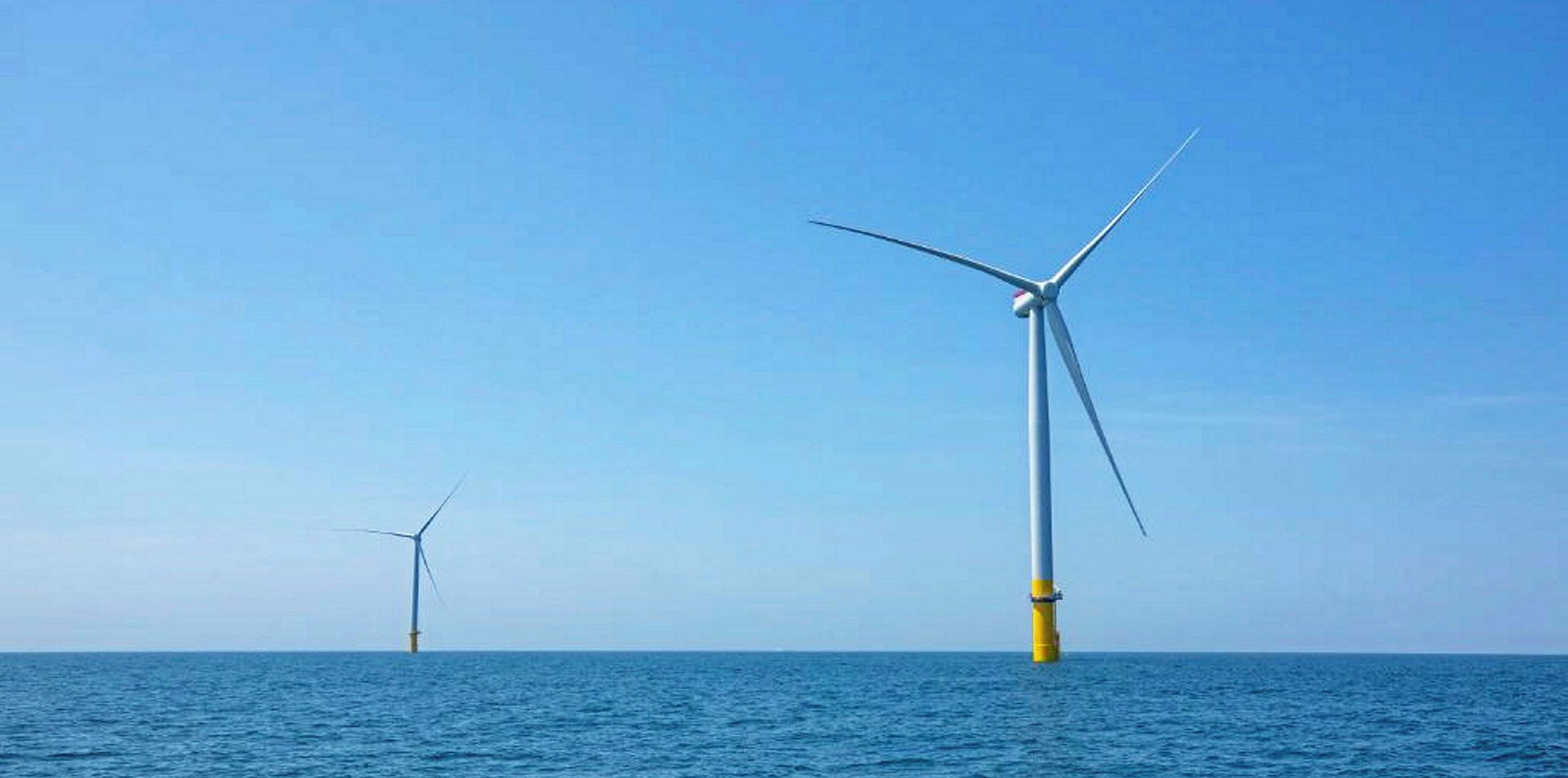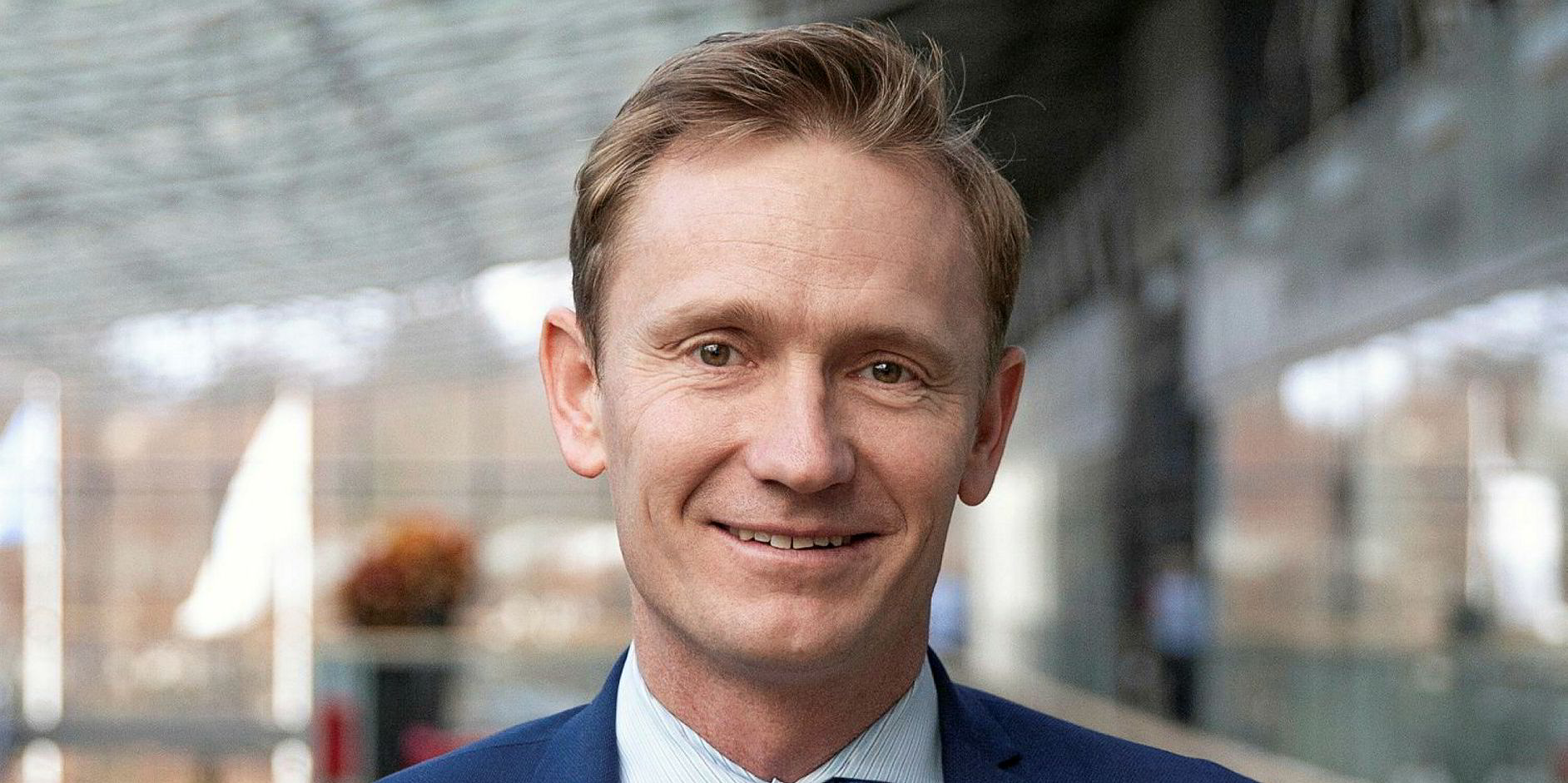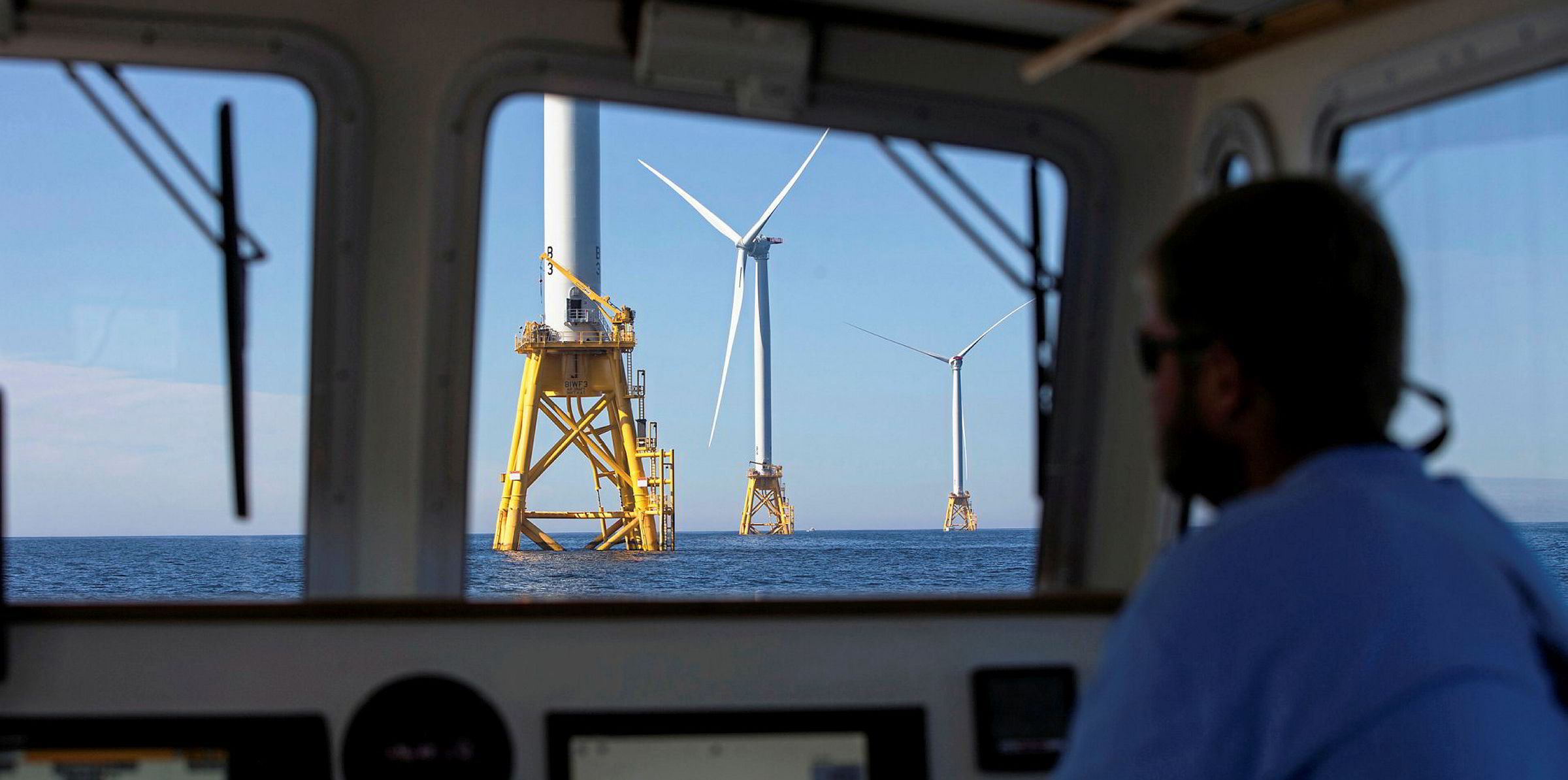Today, much US political rhetoric is championing a green recovery to soften the devastating economic impact of the Covid pandemic. And at the forefront of this rebound should be the $30bn in capital expenditure expected to flow into the country’s offshore wind sector in the next decade.
But for developers leading the expansion of sea-based wind off the east and west coasts, lessons learned have too often neglected the loss of gross value added to overseas markets. Take the paradigm in the UK, the world’s biggest offshore wind play.
A day after the London Array project was celebrated as the largest operating offshore wind farm in the world in 2014, the British tabloids lamented that ‘80% of its supply chain came from overseas’ – presumably from Scandinavian, Dutch, and German OEMs, and installation contracts for turbines, foundations, substations, export cables and balance of plant. Under mounting political pressure, UK developers reluctantly agreed to a 50% commitment for domestic content as a target going forward.
Liberal market economies like the UK have, with varying degrees, been uncomfortable with overly-politicised industrial policy. But what direction will the emerging US offshore wind industry take? And what about small and mid-sized businesses – the lifeblood of the Western economies – that makes up 40% of economic activity in America?
Whatever the political make-up of the White House come January next year, US presidents and Congress of either hue will doubtless favour a ‘made in America’ approach. President Donald Trump has chanted this mantra for the past four years, and it’s largely the massive domestic supply chain that has kept US onshore wind out of his more damaging political rhetoric and ambition.
But offshore wind is a new experience for the US – with only 42MW installed off the eastern seaboard but as much as 30GW forecast to be set turning in the next ten years. And while the pilot projects have unavoidably had to lean on some overseas expertise, the pressure is on to make US offshore a wholly native success story.
In a perfect world, $30bn of capital expenditure for development, and a corresponding similar sum for operational expenditure over asset lifetimes, would see direct economic benefits for each state’s rate payers. Or at least, within the ISO.
But formalising an industrial policy that pushes the full economic advantages down the supply chain for employment gain is often elusive at the national level, never mind at a state jurisdiction.
Still the problem must be wrestled with, as creating regional clusters for supply chain, especially growth opportunities for small business entrepreneurs, could be a non-partisan slam dunk for the industry. This is an opportunity for private, boutique, and employee-owned businesses to support domestic energy policy in the widest sense – and one that will ensure gross value added remains stateside, from environmental impact assessments to advisory services such as project financing, legal and insurance.
It is perhaps this latter raft of services and advisory work where fostering a new domestic supply chain may make the quickest wins. As knowledge and experience builds in any industry, the nature of service provision fragments, as entrepreneurs and small teams look at specific niches to create more tailored offerings that capture market share.
And, if anything, it’s a trend likely to be enhanced by the changing make-up of global economies post-Covid.
In offshore wind, there is a very real chance of success for this shift simply because the bottom line stays the same. Project owners value highly skilled and experienced professionals. They want people based in the US, in their time zone, that feel like an extension of their own project team and crave direct access to a sophisticated level of insight to anticipate and prepare for the challenges they may encounter, particularly with the legislative and physical nuances of building billion-dollar offshore wind farms in the US compared to Europe.
The emergence of the boutique, employee-owned specialist provides a healthy alternative to the big public companies. These dominant, sizeable firms often have an entirely different service team from supporting a development project to taking it through the construction cycle to reach final testing and commissioning making these large incumbents historically more prone to the relationship politicking that plagues trust issues between joint venture partners, large contractors, and dealing with lenders.
The pandemic is a watershed moment. It has forced all of us to reflect on the status quo and how business models can adapt to allow for greater flexibility, without compromising quality. Pivoting to renewable energy is almost a given. But capitalising on the real, more bespoke small business opportunities this shift in focus offers could be instrumental to the political future of the industry.
· Jatin Sharma is managing partner of a soon-to-be-named boutique infrastructure risk consulting and (re)insurance broker specialising in offshore wind projects





